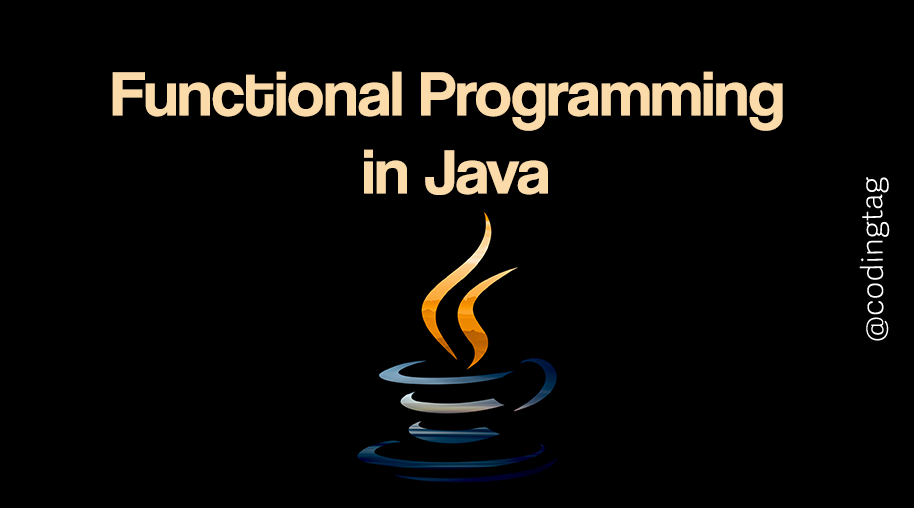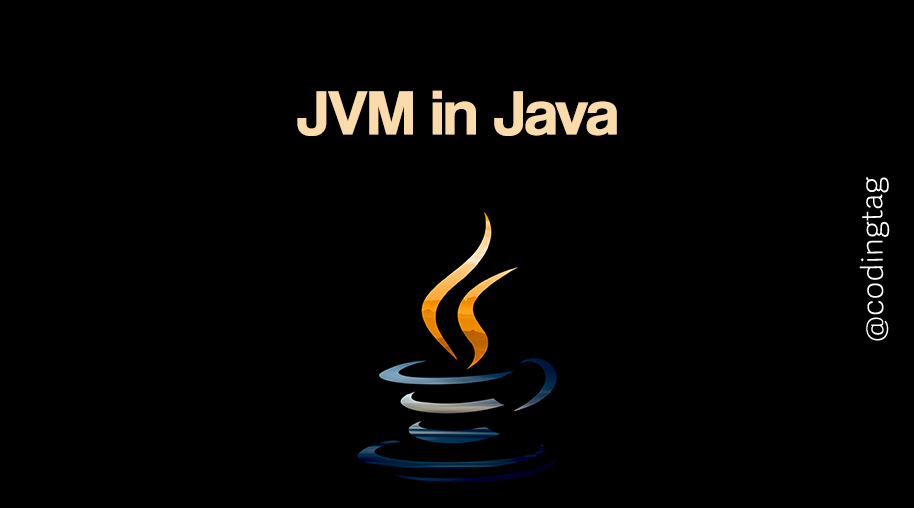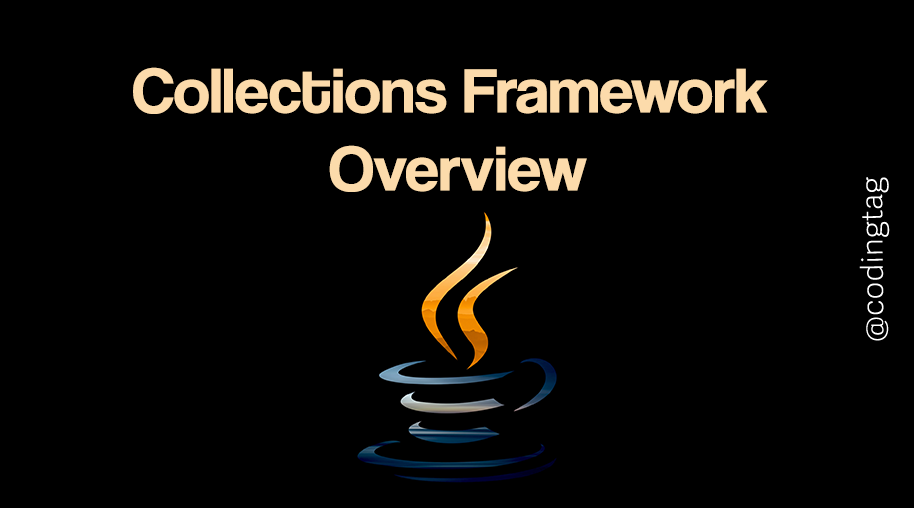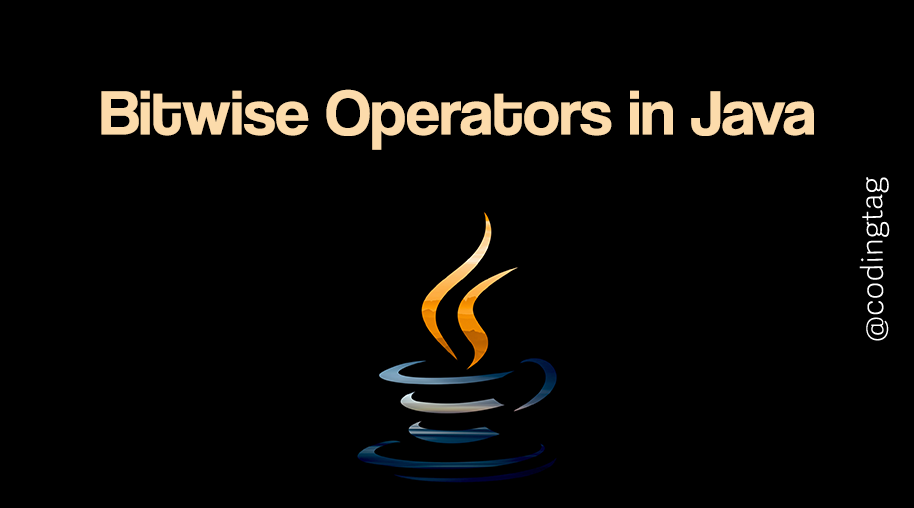Java JDBC Tutorial
0 615
🚀 Introduction to Java JDBC Tutorial
Java JDBC Tutorial is your go-to guide to understanding how Java applications communicate with databases. JDBC (Java Database Connectivity) is an API that enables Java programs to execute SQL queries, update data, and retrieve results from a database seamlessly.
Whether you’re working with MySQL, Oracle, or any other relational database, mastering JDBC is essential for backend and full-stack developers.
🔧 What is JDBC?
JDBC is a Java API designed to connect and execute queries with databases. It provides methods for querying and updating data, allowing developers to integrate SQL operations within Java programs.
⚙️ Key Components of JDBC
- DriverManager: Manages a list of database drivers and establishes connections.
- Connection: Represents a connection session with a specific database.
- Statement: Used to execute SQL queries against the database.
- PreparedStatement: A subclass of Statement, allows precompiled SQL statements with parameters.
- ResultSet: Holds data retrieved from executing a SQL query.
🛠 How to Connect to a Database Using JDBC
To connect Java with a database, follow these steps:
// Load the JDBC driver (optional for newer versions)
Class.forName("com.mysql.cj.jdbc.Driver");
// Establish connection
String url = "jdbc:mysql://localhost:3306/yourDatabase";
String username = "root";
String password = "password";
Connection conn = DriverManager.getConnection(url, username, password);
💡 Executing SQL Queries
Using the Statement or PreparedStatement, you can execute SQL queries and process results.
// Using Statement
Statement stmt = conn.createStatement();
ResultSet rs = stmt.executeQuery("SELECT * FROM employees");
while(rs.next()) {
System.out.println("Employee ID: " + rs.getInt("id"));
System.out.println("Employee Name: " + rs.getString("name"));
}
// Using PreparedStatement
String sql = "INSERT INTO employees (name, department) VALUES (?, ?)";
PreparedStatement pstmt = conn.prepareStatement(sql);
pstmt.setString(1, "John Doe");
pstmt.setString(2, "IT");
pstmt.executeUpdate();
🔄 Managing Transactions
JDBC allows transaction control to ensure data integrity using commit and rollback:
try {
conn.setAutoCommit(false);
// Execute multiple statements
// ...
conn.commit(); // Commit changes
} catch(SQLException e) {
conn.rollback(); // Rollback on error
} finally {
conn.setAutoCommit(true);
}
🚧 Handling Exceptions
Always handle SQLException properly to troubleshoot database issues.
try {
// Database operations
} catch(SQLException e) {
System.err.println("SQL Error: " + e.getMessage());
}
🔚 Conclusion
Mastering JDBC is crucial for Java developers who work with databases. This Java JDBC Tutorial covered the essentials—from connecting and executing queries to managing transactions and handling exceptions.
With this knowledge, you can build powerful data-driven Java applications.
If you’re passionate about building a successful blogging website, check out this helpful guide at Coding Tag – How to Start a Successful Blog. It offers practical steps and expert tips to kickstart your blogging journey!
For dedicated UPSC exam preparation, we highly recommend visiting www.iasmania.com. It offers well-structured resources, current affairs, and subject-wise notes tailored specifically for aspirants. Start your journey today!

Share:







Comments
Waiting for your comments